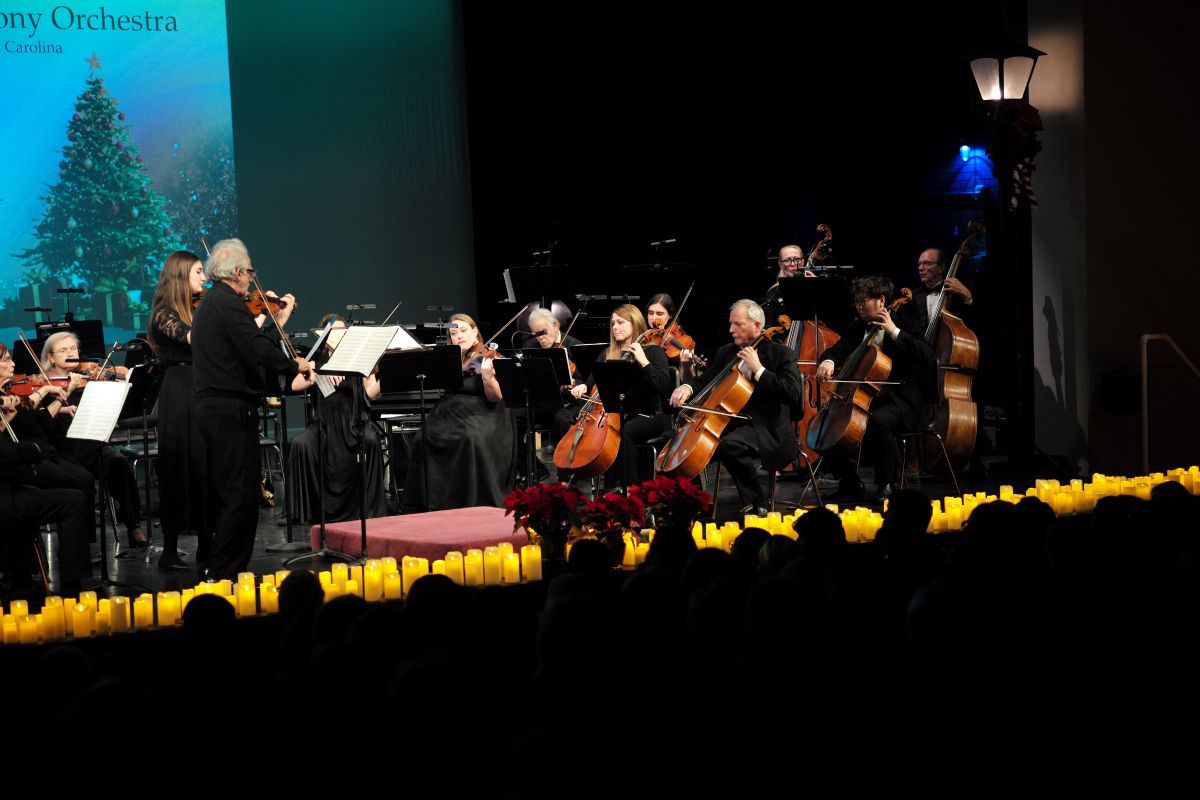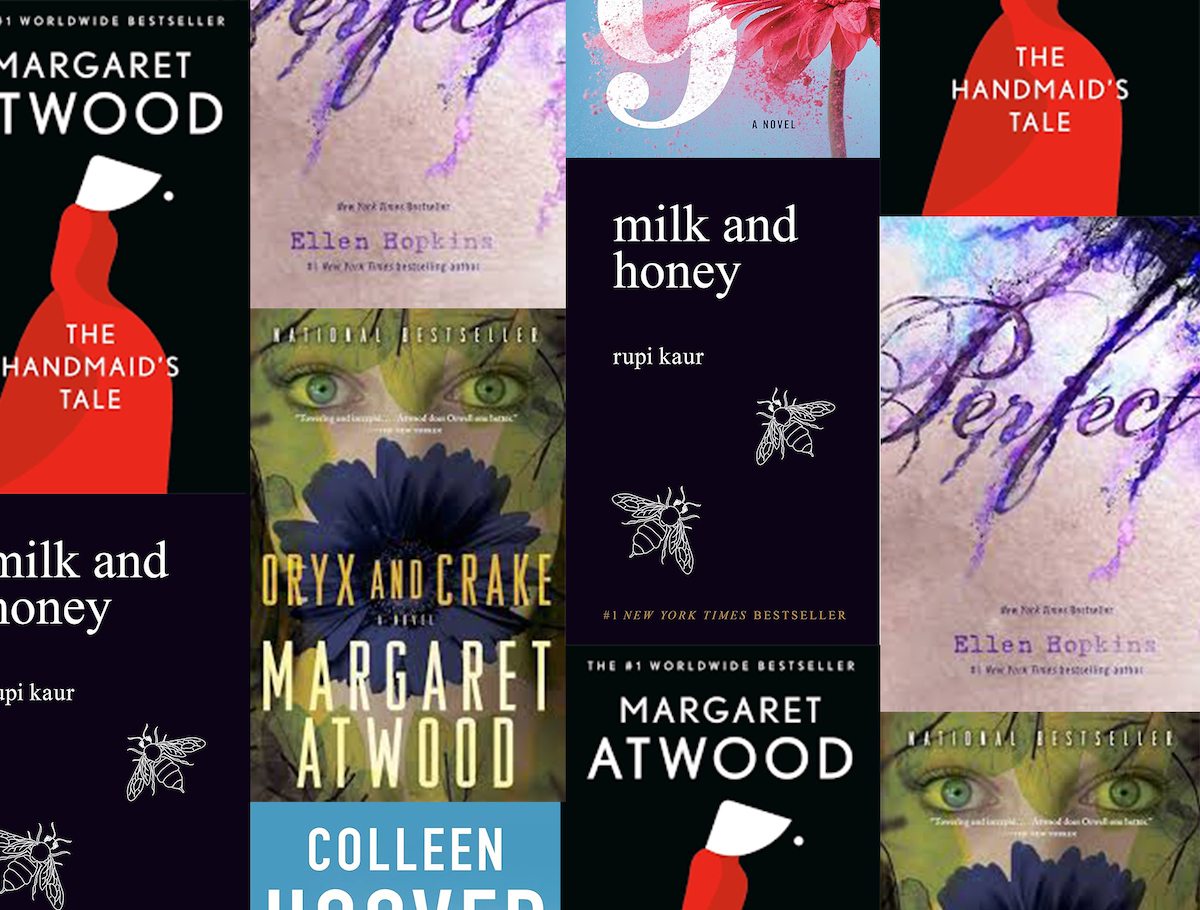By Alan Schuster
A preview of Donizetti’s “Maria Stuarda” by The MET Opera: Live in HD series at the USCB Center for the Arts, Saturday, Jan. 19, 12:55 p.m.
During the past three seasons of HD performances, the MET has delighted opera fans with four of Donizetti’s finest works — Lucia di Lammermoor, Anna Bolena, L’Elisir d’Amore and Don Pasquale. And now his “Maria Stuarda” becomes a very worthy fifth.

Donizetti based the opera on a play by the German poet Friedrich Schiller who admitted having no interest in any historical facts about the 16th century rivalry between the two Tudor queens — Mary, Queen of Scots, and Elizabeth, Queen of England. As a result, the subject matter became so controversial that both the King of Italy — a descendant of Mary — and the Catholic Church threatened to ban its Naples premiere in 1834. Only after he agreed to numerous changes including the title (it became “Buondelmonte”), it was allowed a single performance. Totally frustrated, the composer retired it, never to appear again until 1958 in Bergamo.
Act I: Westminster, 1567
Elisabetta contemplates a marriage proposal from the King of France, one she is considering for political gain. However, she is secretly in love with Roberto, the Earl of Leicester, but suspects that he is in love with her political rival, Maria. When she tells Roberto about the proposal and he reacts indifferently, her suspicions are confirmed. Maria sends a letter to Roberto, expressing her wish to meet with Elisabetta, hoping for a reconciliation. He delivers the letter to Elisabetta, then pleads for her to accept Maria’s request. Reluctantly, she agrees.
ACT II: Fotheringhay
As Maria walks the grounds where she has been confined, horns sound the approach of Elisabetta. She now regrets her request, but Roberto arrives first and convinces her to stay. When Elisabetta arrives, Maria kneels before her, asking forgiveness. Elisabetta responds with mixed feelings, rejecting her counsel’s urging for Maria’s execution but raging at Roberto for coming to her defense. After enduring insults from Elisabetta, Maria accuses her of being an illegitimate child and therefore an imposter to the throne. This insult outrages Elisabetta who tells Maria to prepare for her execution.
ACT III: Westminster
Elisabetta hesitates to sign the death warrant, but another appeal from Roberto exhausts her patience. She signs the warrant and then commands him to witness the execution. When
Maria learns that she has been condemned to death, she confesses her sins and then proceeds to the block. In the presence of her anguished supporters and Roberto, she conveys her love to him, and then pleads with God to have mercy on Elisabetta. At the sound of cannon fire, Maria makes her way toward the executioner.
Musical highlights
Act I: Good Donizetti. Elisabetta: “Ah! Quando all’ara scorgemi…” (When I am led to the altar…). She ponders the king’s proposal in a graceful aria, leading to a fine cabaletta as she prays for guidance on how to deal with her problems. Roberto, Elisabetta: “Si! Era d’amor…” (Yes! She was the picture of love…). He pleads mercy for Maria, arousing Elisabetta’s suspicions, not only for her throne but now for her beloved as well. It’s a melodious exchange, fierce and distinctive.
Act II: Better Donizetti. Maria, Roberto: “Da tutti abbandonata…” (Forsaken by everyone…). This is a marvelously moving duet. She’s giving up all hope, but he urges her to plead for mercy. This is vintage Donizetti. Ensemble: “E sempre la stessa…” An amazing “thinks” sextet leads to the contentious dialog between the two queens, perhaps opera’s most dramatic sopranos’ encounter. Bitterness intensifies as they exchange curses, ending with Maria calling her a “vil bastarda.’ The enraged Elisabetta responds: “Go! Prepare yourself for death.” [When this scene was rehearsed in 1834 only days before its single staging, the soprano playing Maria delivered this curse with such conviction that the Elisabetta attacked her physically, tearing her hair and beating her with her fists.]
Act III: Best Donizetti. The final scene which takes place in a room next to the execution chamber is a 25-minute dramatic masterpiece. As friends gather around her, Maria begins a prayer of forgiveness, “Deh! Tu di un umile…” (Listen to our humble prayer…). It’s one of the great haunting melodies of Italian opera as her voice rises above the chorus to sustain a high G for several bars, often lasting more than 15 seconds. Another moving prayer follows, this time pleading forgiveness for Elisabetta. It ends with an ensemble of pity and exaltation as Maria’s high soprano once again soars above. A terrific finish!
As for the major performers, here are some comments from The Wall Street Journal, The Associated Press and The San Francisco Chronicle. Joyce DiDonato “brought a gala audience to its feet with a luminous performance as Maria … her soft floating trills were magical.” Elza van den Heever (Elisabetta): “a rare voice which has nothing to forgive, everything to praise.” Matthew Polenzani (Roberto) “brought an ardent, purely sung desperation to the man in the middle.”
Tickets: Adults $20; OLLI members $16; students $10. All seats are assigned. Box office opens noon. For more information, call 521-4145.






